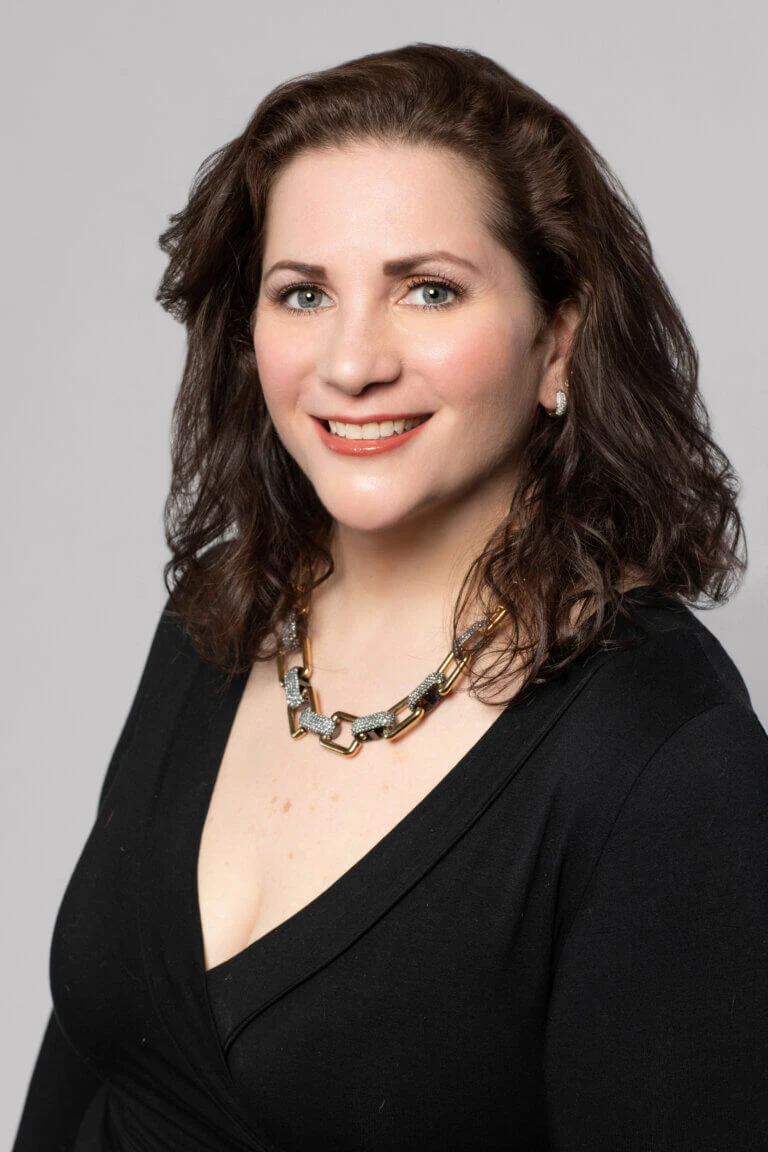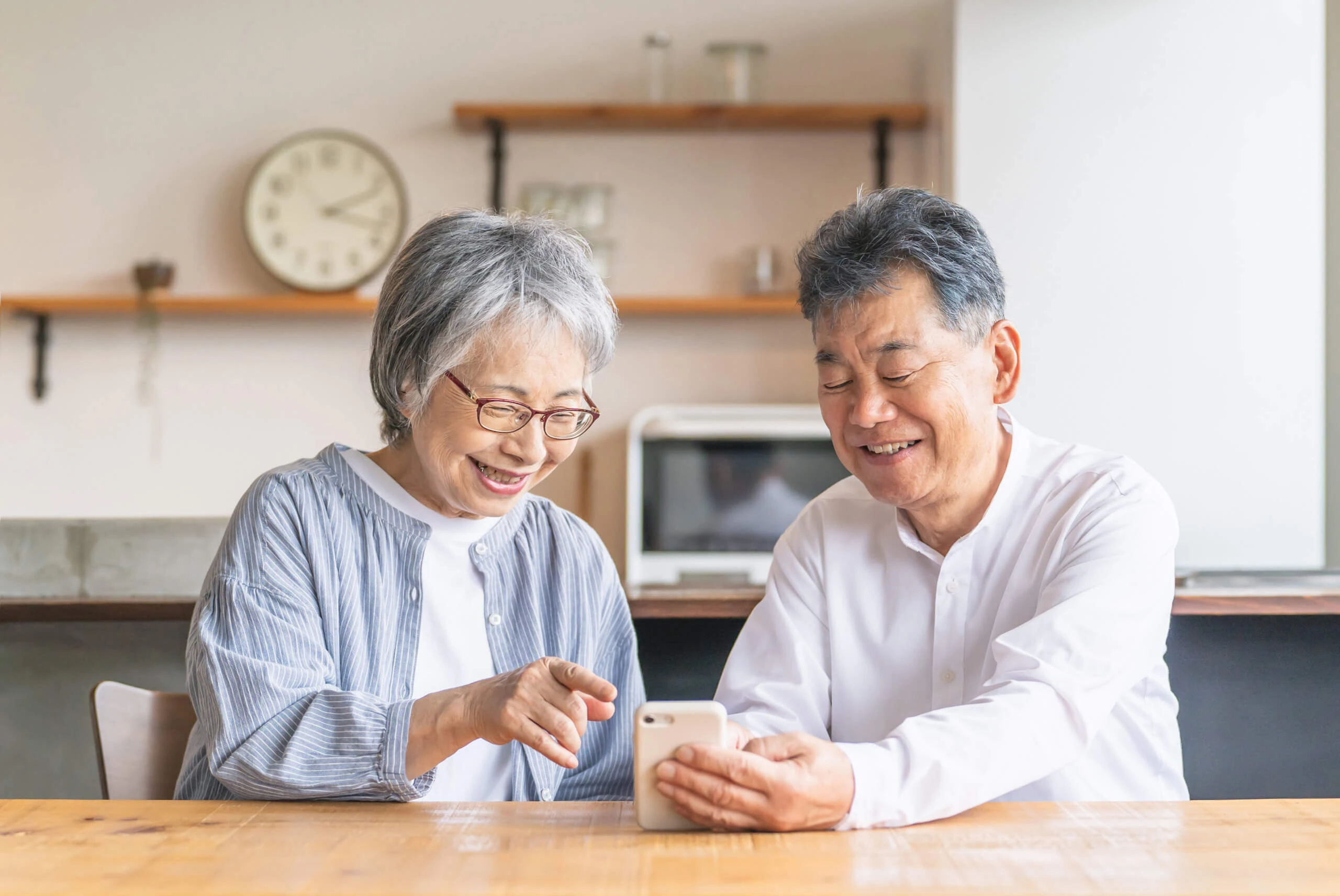
From evolving measurement strategies to breaking down silos, Melissa Gordon-Ring’s voice as a champion of the Point of Care (POC) channel stands apart. Recently appointed as the Global President, Health at IPG Mediabrands, Gordon-Ring brings a fresh perspective to POC marketing, helping clients navigate the nuances and innovations guiding a new era of patient engagement. In an exclusive interview, we explored her vision for the future of POC advertising—its importance, impact, and untapped potential.
The Power of Being Present
Gordon-Ring’s passion for POC marketing is immediately evident. “There’s no place closer to the patient or the doctor when it comes to making decisions,” she explains. “In our world, every moment counts, so it’s almost like the final frontier.”
This proximity to the decision-making process is what makes POC marketing so crucial. Gordon-Ring is determined to harness its full potential, recognizing the opportunity it presents. “What we do allows people to have this sense of control over something that they don’t otherwise have control over,” she says. It’s this ability to provide clarity and confidence at critical moments that fuels her dedication to the field. “Anything that drives actual utility to patients and physicians in service of education, or with the right intent, is something I feel very strongly about.”
What we do in that space is incredibly important to everyone in the health journey. But the question remains: are we fully realizing the potential of Point of Care?
Good Messaging Creates Action
When it comes to creating effective POC content, Gordon-Ring is refreshingly direct. “Patient- focused advertising within the doctor’s office, ideally should have a unique creative strategy,” she asserts. “To me, it’s all about asks. It should be 100% action-oriented.”
This focus on action is crucial, especially given the current state of health literacy. Gordon-Ring doesn’t mince words, saying, “It’s far from a level playing field.” Her candid assessment underscores the urgent need for clear, actionable communication in healthcare settings.

The challenge for marketers is to be agile and responsive to changing consumer behaviors, particularly in light of emerging technologies. “We have to be prepared and ready for some of the uncertainty that’s to come,” Gordon-Ring advises. While she acknowledges that AI has become somewhat of a cliché topic, she recognizes its profound impact: “The reality is, it’s going to change the way that we do a lot of different things, even the way that we search.”
As patient behavior evolves, so too must our messaging strategies. The ways patients find, read, and understand health information is being overhauled. While Gordon-Ring sees multiple trajectories for Point of Care, one thing is clear: patient messaging will need to adapt to these changing behaviors.
Reimagining Patient Engagement
The changing gestalt of healthcare information discovery is jointly reshaping patient experiences. Gordon-Ring observes that “People are searching everywhere and anywhere all the time. How do we also make that more meaningful within the physician’s office and surrounding that visit?”
She sees progress and opportunity in the evolution of patient experiences, noting new touch points in patient-healthcare communications. “Some of the new solutions that I’ve seen with some of our partners are all around and leading up to the appointment, but less about post-appointments.” Gordon-Ring challenges POC to go further, she hopes for more engagement throughout the patient journey: “To me, there’s a lot of opportunity there as well that hasn’t been tapped.”
Technology offers another avenue for expanding POC’s reach and support. Gordon-Ring envisions a more inclusive and technologically advanced POC experience, particularly in integrating care networks. “If there was technology that allowed us to bring someone in the room with you, I think that would be a huge area of opportunity,” she muses.
While acknowledging the complexities around compliance and privacy, Gordon-Ring sees tremendous potential in involving caregivers more directly. “Caregivers can mean something very different to every population, but are in every case important to patient outcomes. Apart from parents of children, it can be challenging to get them in-office with a patient.” Finding more ways to connect busy caregivers, like adult children and spouses, to patient experiences and information brings Gordon-Ring hope.
The impact of including caregivers could be especially significant in complex therapeutic areas. Gordon-Ring explains, “I think caregiver support could be very significant within specific therapeutic areas, whether that’s oncology or something else where a person is dealing with something very tough. It doesn’t just impact the patient. It impacts their entire circle.”
By finding better ways to reach and share information with caregivers and care teams, Gordon-Ring believes we can “take away some of the burdens for people who are suffering from things that are debilitating, super complicated.”
This expanded circle of care promises better healthcare outcomes by reducing stress, pressure, and friction in the patient journey. “Things get lost in translation. All the questions may not be answered, but if we can add some level of connectivity,” Gordon-Ring suggests, “then we can increase outcomes.”

Hope from the AI Landscape: Targeting Simplicity
As a result of new patient expectations manifesting in AI, Gordon-Ring sees a renewed focus on clear, actionable messaging at the Point of Care. It could bear on the success of companies as they face changes in patient and HCP behavior, including health information seeking.
Shifts in search behavior presents both challenges and opportunities. Currently, AI-driven search spaces lack advertising. “So how do we prepare for what the next generation of searching for treatment looks like in a way that’s thoughtful and has a clear, measurable path forward?” asks Gordon-Ring.
Gordon-Ring’s perspective on AI is both practical and forward-thinking. “Search queries within AI are twice as long as traditional search engine queries,” she notes, highlighting the changing landscape of patient information-seeking behavior. This trend underscores the need for targeted, simplified information that responds to new patient behaviors and preferences.
For Gordon-Ring, AI holds the potential to empower patients and provides an opportunity for brands to meet consumer demands for relevant, simplified content. “The way that I’ve even used AI, on a personal level, is all about simplification. How can I reframe certain content in a way that makes it more digestible?” She envisions AI as a tool to “better distill and simplify some of the things that can feel really heavy or really complicated” for patients inundated with information.
However, she also expresses caution about over-reliance on AI-generated health advice. “I’m also afraid that people are going to think that because they can ask more in-depth questions and almost have a conversation with AI to a high level of specificity, that they’re going to rely on those answers versus talking to a physician.”
Gordon-Ring emphasizes the need for careful navigation of this new landscape: “There’s going to be a lot more discussion and regulation around that type of information and the utilization of AI for health. But if we can simplify things for patients and caregivers and physicians, it’ll mean a lot in terms of the ability for people to really understand how something is impacting them, what steps they should take, and almost in a perfect world, demystify it, so there’s less fear.”
Brand Engagement in POC
Are we living up to the potential of the POC channel? Gordon-Ring believes there’s room for improvement. Within the channel, she asserts, “we have to be more open and creative than we are.” This drive to push boundaries could lead brands to better investment strategies and outcomes.
However, Gordon-Ring acknowledges the challenges that often hold brands back from fully embracing POC advertising. “It can be very costly, right? And highly competitive in terms of real estate,” she explains. This competition for prime spaces often leads to a complex dynamic in the industry. “I’ve always joked, within the point of care space, you have to play offense and defense often when it comes to marketing–that you’re securing the best writers within a certain category. Everyone wants them, right?”
The complexities can be overwhelming for brands: “And when you require category exclusivity, your options are smaller. So you know, we sometimes get in the way on our own, just as marketers.”
As a result, some brands might not see the full potential of Point of Care advertising or may stay out of the space entirely. The perceived high costs, intense competition for limited space, and the complexities of category exclusivity can be daunting.
However, Gordon-Ring sees opportunities for agencies and partners to educate brands, optimize investments, and expand opportunities. She particularly emphasizes two areas for improvement: measurement strategies and industry collaborations.
Redefining Success Metrics
Measuring success in POC marketing is a critical topic, and Gordon-Ring’s insights are particularly thought-provoking. “How do we find leading indicators, especially within the point of care space, that we are actually prompting a conversation? Because that’s a different KPI,” she explains, challenging the industry to think beyond traditional metrics.
Her emphasis on alignment and clarity in measurement strategies underscores a commitment to meaningful, actionable insights. “You have to be sure that everyone is measuring the right thing,” she stresses. “What does that look like? Because if you don’t have that clarity… then you’ve measured nothing because you’re all competing against each other.”

Expanding Horizons: Partnering for Power
For IPG Mediabrands, the way forward is to embrace the rising tide that lifts all ships. A new Center of Excellence (COE) embodies Gordon-Ring’s commitment to collaboration and innovation in the POC space.
Gordon-Ring emphasizes that brands don’t have to go it alone and can benefit from external perspectives. “We are an agency partner for a reason, and that is because we have the access to the tools and the ability to make recommendations in and outside of silos.” Partners can help integrate POC into larger campaigns or focus on highly-targeted campaigns specific to the channel.
The POC channel is continually expanding, evolving its scope and capabilities in novel ways that can be tailored to each brand’s needs. “We have a tremendous amount of tools that we have built that allow us to get down to the tactical level, across patients and physicians, to really understand and unlock the power of the medium on its own, and then also in conjunction with other media,” she shares. Her enthusiasm for the possibilities these technologies unlock is palpable.
Gordon-Ring sees significant potential for collaboration within the industry. “I think that there’s a lot of white space within the agencies, outside of Initiatives, that we could find new ways to partner, and, more importantly, have a point of view about the industry through the lens of so many of these [collective] clients.”
The creation of the Center of Excellence is a step towards realizing this vision. “By creating the COE, we are investing in our ability to have industry-wide discussions and do the things that will enable us to figure out ways to solve challenges for the future together. We want to share learnings, versus each client and industry therapeutic area trying to reinvent the wheel every time.”
To partner well, her advice to brands and marketers is to continually encourage partners to look for innovation and diversify tactics and approaches. “Some marketers tend to be hampered by their market mix analyzes, and those are not nearly as up to date in terms of specific platforms and nuances as that of the agency side.”
Conclusion: Embracing the Spirit of Exploration
Despite the challenges facing the industry – from costly real estate to complex regulations – Gordon-Ring remains undaunted and optimistic about the future of POC marketing. Her parting advice to marketers encapsulates her forward-thinking approach: “Be open to trying new things. Have that explorer mindset. Whether you try and fail or you try and succeed, you’re learning something either way.”
This spirit of exploration and continuous learning is crucial for success in the rapidly evolving POC landscape. Gordon-Ring’s vision for the future of POC marketing is one of innovation, collaboration, and patient-centricity. By embracing new technologies, refining measurement strategies, and fostering industry-wide partnerships, we can unlock the full potential of Point of Care marketing.
Melissa Gordon-Ring Biography
Melissa Gordon-Ring is the Global President, Health at IPG Mediabrands, where she oversees a global portfolio of major pharma and health brands. With over 20 years of experience in advertising, Melissa has extensive expertise across more than 20 disease states and healthcare categories.
Her career began in the consumer world, gradually shifting towards Direct-to-Consumer (DTC) and Healthcare Professional (HCP) marketing. Along the way, she has led businesses across various categories including Consumer Packaged Goods (CPG), Beauty, Food, and Shelter. Most recently, she served as the US lead of N2 across both Pharma and Oncology divisions.
Melissa is passionate about providing and supporting the best options for patients along their personal health journeys. She champions the creation and execution of innovative, patient-focused, and strategic communication plans to help clients achieve their critical business objectives. In addition to cultivating and establishing deep client relationships, Melissa is an expert in portfolio management and has experience in strategic planning.
A resident of Westfield, NJ, Melissa lives with her husband Joshua and their 6 ½-year-old daughter Zoey. Outside of work, she enjoys cooking, gardening, and impromptu kitchen dance parties.